Austria. The Art of Discovery, an exclusive British Journal of Photography commission supported by the Austrian National Tourist Office as part of its Austria. The Art of Discovery project, is now open for entries. The winning photographer will travel to Austria to explore and document the regions of Linz, in Upper Austria, and Vorarlberg.
For the second in a series of editorials exploring the work of Austrian photographers, we spoke to Vienna-based artist Hanna Putz, who will feature in a group exhibition of contemporary Austrian photography showing at Photo London 2018.
“I met Verena a while ago for the opening of her solo show at the Museum of Modern Art in Vienna. I remember it quite vividly because she was wearing extremely sparkly turquoise eye make up, which I thought looked fantastic. But mostly, because she introduced herself to me in a very friendly, open and interested way, which rarely happens on the Viennese art scene, where people are, for the most part, very cool,” remembers photographer Hanna Putz, recounting her first meeting with the Austrian artist Verena Dengler.
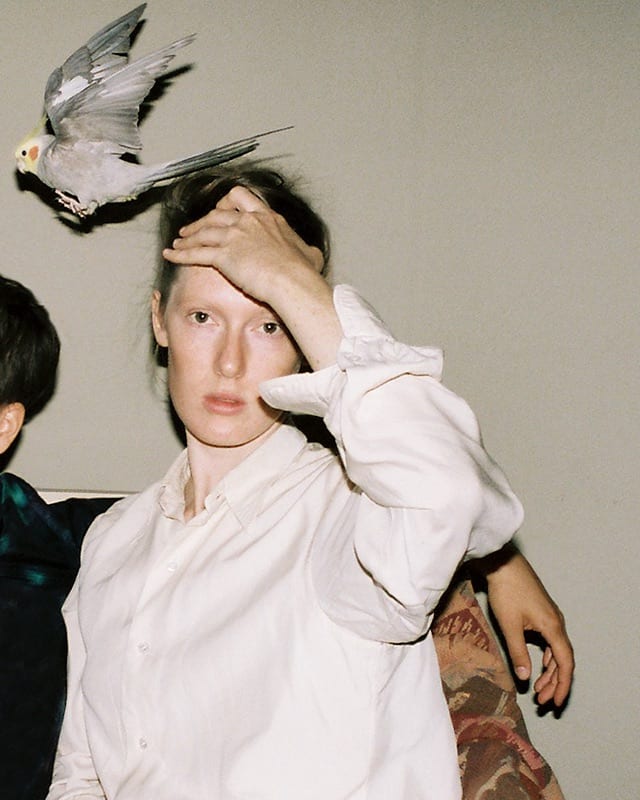
Putz’s first career was as a model, during which she spent eight years living in London, New York, Tokyo, and Paris, before returning to her birthplace of Vienna to fully focus on her artistic practice. It was on her return to the city that Putz’s project Portraits gradually developed. “Most of the images evolved out of me approaching people that I found interesting, both within my circle of friends and individuals that I met only briefly, and asking if I could take their portrait,” she says.
The photograph of Dengler was the result of one of these chance encounters. After that initial meeting, Putz got back in contact and the artist agreed to have her portrait taken. “She’s very fond of her Dyson, so we took a heroic portrait of the majestic paintress she is, showing off that majestic vacuum cleaner together with her painting brushes,” explains Putz. On their second shoot, Putz photographed Dengler in the courtyard of her atelier, where a posse of young boys observed the pair for some time from the other side of the street: “I told them to either move on or get in the picture. Luckily they got in the picture.”
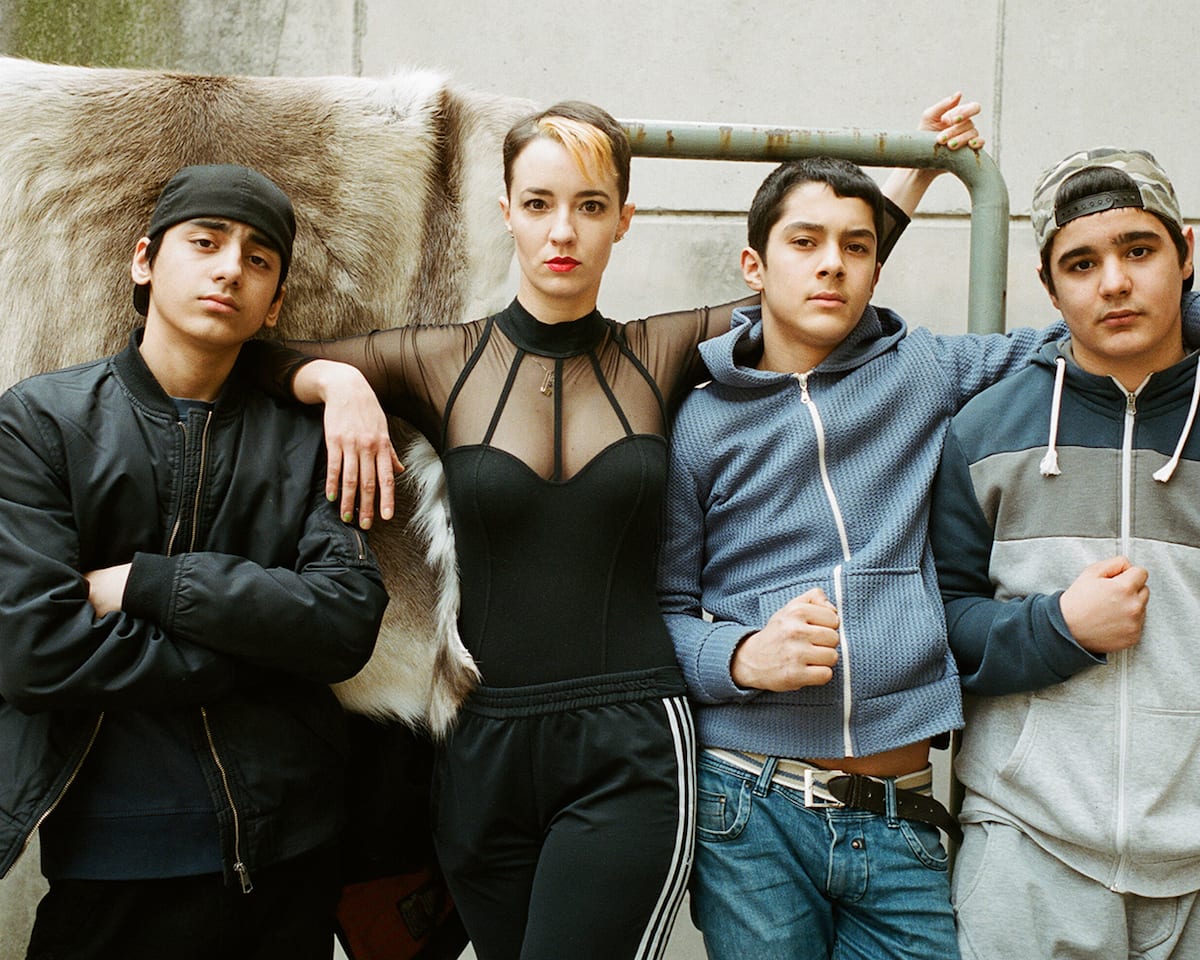
Another portrait by Putz depicts the renowned Austrian writer and cartoonist Stefanie Sargnagel. Reclining on a red sofa wearing her trademark red beret, Sargnagel peers into the camera, sucking on a half-smoked cigarette. “In terms of literature, Sargnagel’s work is probably the best thing coming out of Austria since Bernhard, Bachman, or Jelinek. It is a typically Viennese way of brilliantly hating on everything and everyone in the most heartfelt way. She is an incredible observer and utterly hilarious,” says Putz.
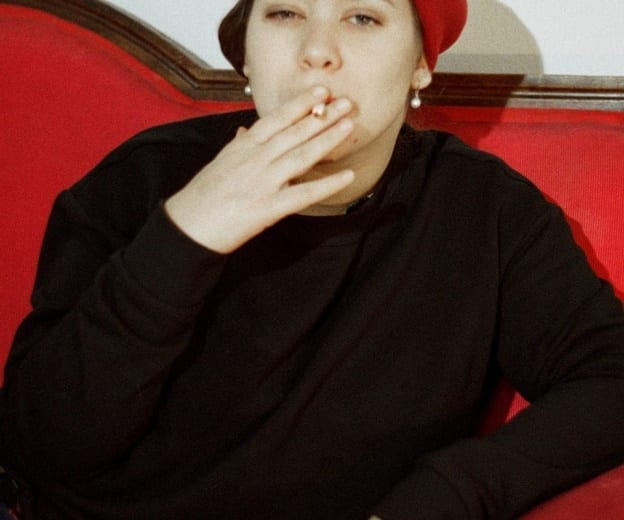
Both Dengler and Sargnagel, along with many of the other writers, artists, and designers captured in Putz’s Portrait series, are part of Vienna’s thriving art scene, which the photographer describes as “genuine, intelligent, self-destructive, energetic, fun, and, for better or for worse, always a bit ‘anti’, whatever that might mean.” For creatives, Vienna provides a refreshing alternative to the fast-paced rhythm of cities like New York, London or Paris, where extortionate rents and the high cost of living make surviving as an artist a challenge.
This freedom and slower pace of life was crucial for Putz’s development as an artist, giving her space to produce meaningful and considered work. “Vienna gives you back the right to have time and not feel guilty about it,” says Putz. “You don’t drink coffee and read a newspaper, or have a conversation with someone, for 15 minutes at a cafe. You take at least an hour or two. I find that to be an immense luxury.”
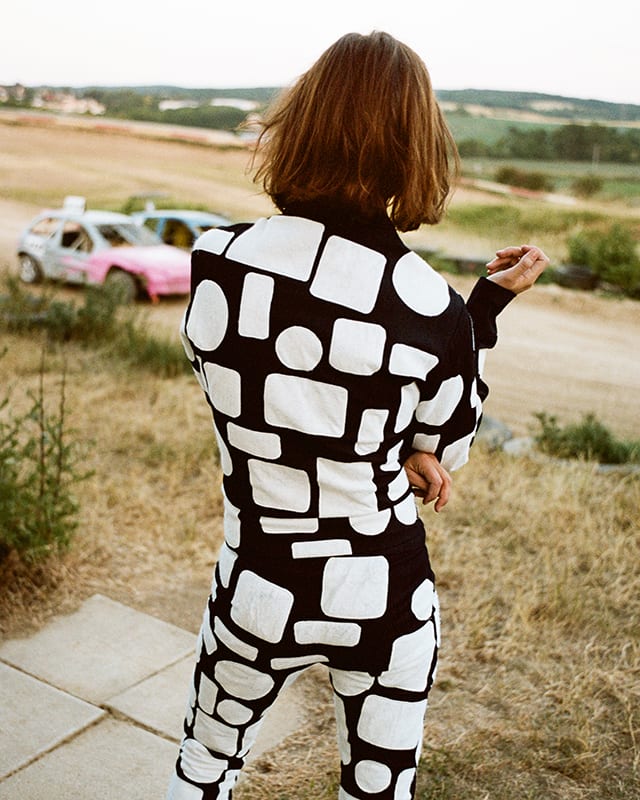
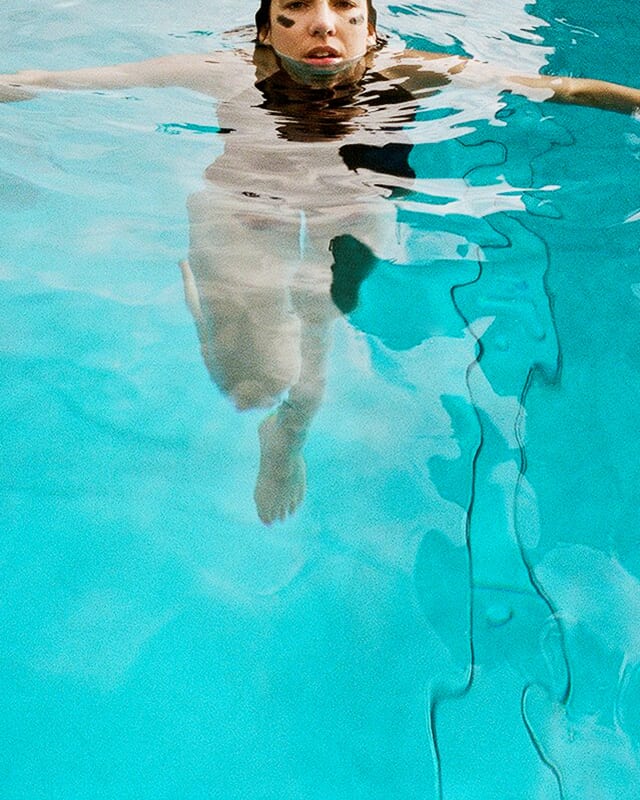
Having developed a distinct visual style, which is simultaneously natural and stylised, Putz is uniquely positioned to capture the compelling and curious characters of her sitters. Self-taught, the photographer explains that her work has always been led by a firm understanding of what she does not want and that this, she hopes, will result in the creation of work that is fully her own. “I thought that’s the least I could try to achieve,” she explains, “but, by now, I think it’s probably one of the hardest things to do.”
Recently, however, Putz became somewhat disillusioned with her practice. “I had a bit of a crisis and didn’t really understand or feel anything I was doing photographically anymore,” she explains. Determined to find a way to re-engage with her work, the photographer looked back through her archive, combining single images as diptychs. “I was not looking at each image as a single photograph, because I felt that they had failed me in their singularity, instead I treated them like single words, which I was putting together to build a sentence in order to say something again,” she explains.
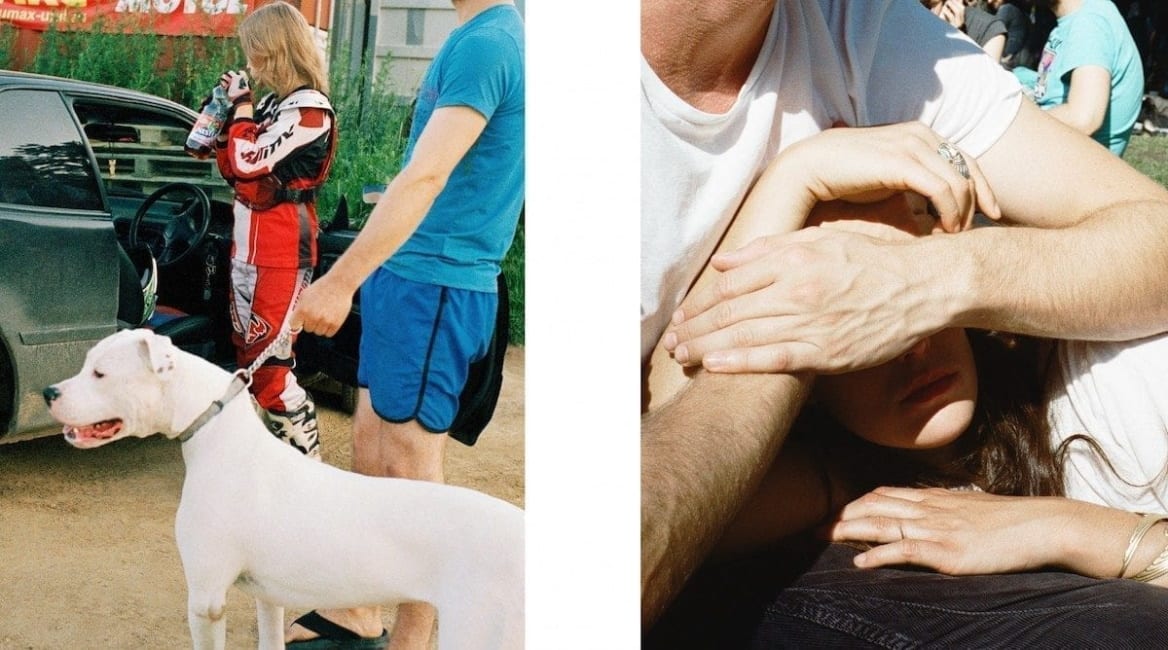
Putz would often come across individual images she wanted to use but felt that their counterpart was missing. Inspired to make new photographs to complete these unfinished diptychs, the project gradually evolved into an entirely new, and ongoing series, entitled Duo°1. The experience enabled Putz to better understand her practice and the narratives behind it. Today she continues to work on the series, while embarking on new projects. “As my Dad would always say ‘Ernte die Krise,’ which could be translated as ‘Harvest your crisis!’”
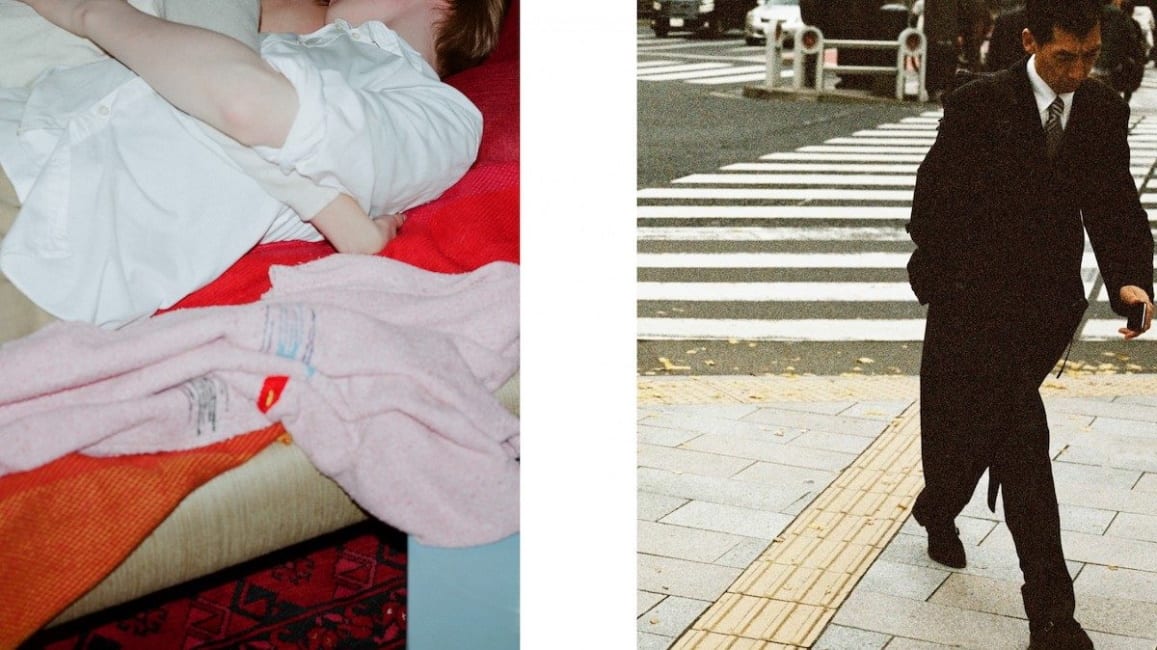
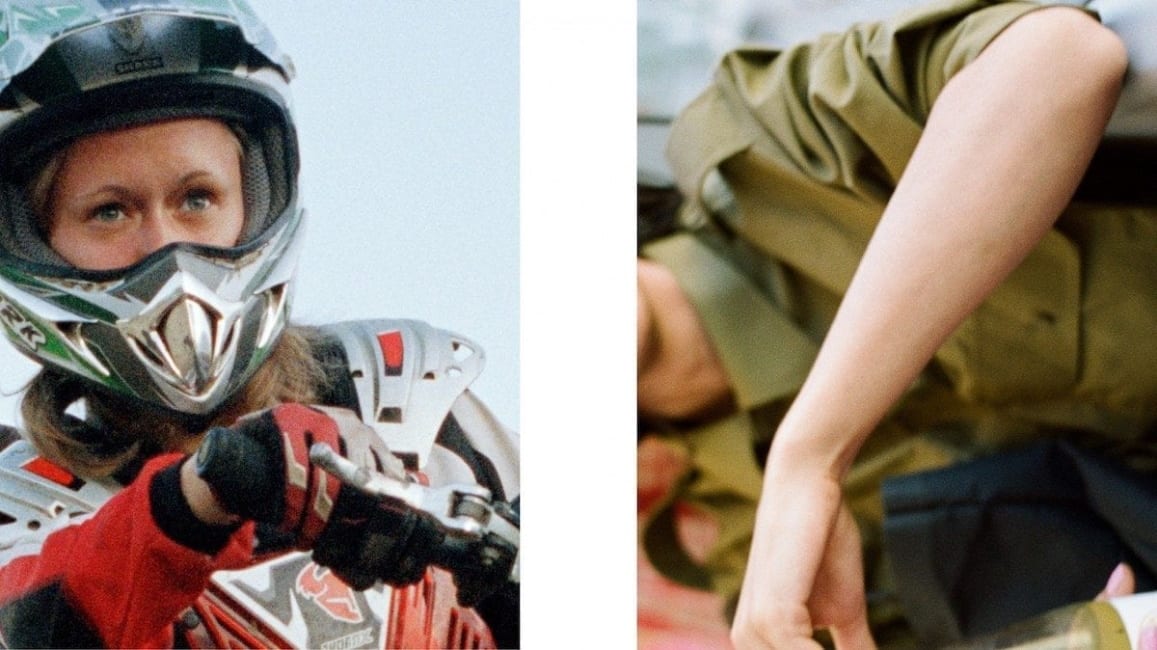
–
Austria. The Art of Discovery is a British Journal of Photography commission made possible with the generous support of the Austrian National Tourist Office.

